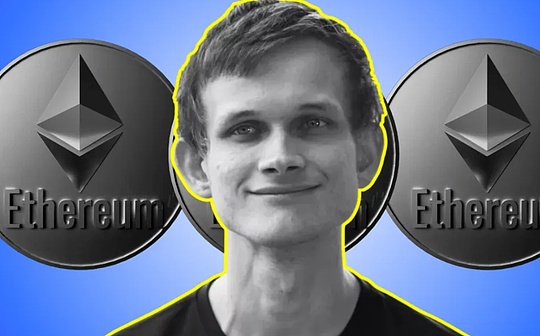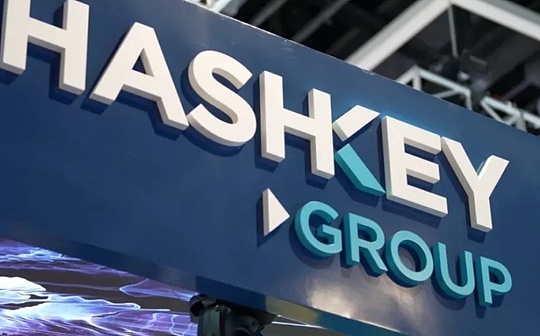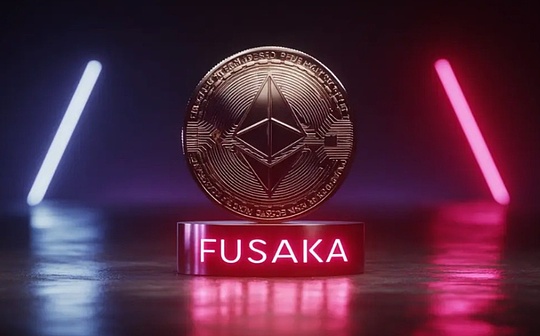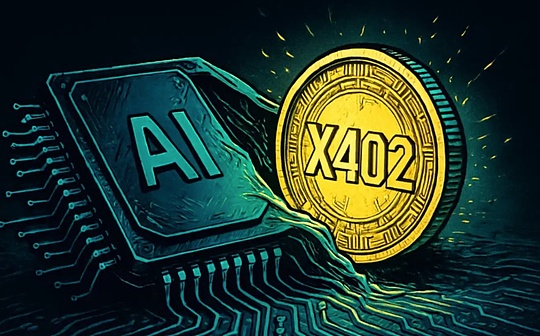
Altcoin ETF, can’t sing it anymore.
Compared with the market excitement during the previous approval process of Bitcoin and Ethereum spot ETFs, the market sentiment brought by altcoin ETFs seems to be described as minimal.But five months ago, the market was still immersed in the bright prospects of a policy bull market. Wall Street institutions with a keen sense of smell came to the altcoin market, driving altcoins to set off a round of price increases. XRP and SOL were the first to be hit and became the new concept currency of Wall Street under the favorable regulatory benefits.
But now, altcoin ETFs have receded, approval news has been frequently reported, and capital institutions have also flocked to it, but market attention has gradually decreased.
To talk about the reasons, the current altcoin ETF can only be blamed for not being born in good times.
Since Trump announced his strategic cryptocurrency reserves, although it has not caused a significant fluctuation in prices, capital institutions have still seen the new market – altcoins.Looking at today’s copycat ETFs, the team is gradually growing.On March 6, the new ETF application was submitted again. In addition to Canary submitting the S-1 application documents for the AXL ETF, Bitwise also applied for the APT ETF, and VanEck also confirmed that it will launch the Avalanche ETF.Up to now, more than 7 institutions have applied for ETFs related to 11 major currencies, including SOL, DOGE, LTC, SUI, XRP, APT, MOVE, HBAR, BONK, TRUMP, and ADA.
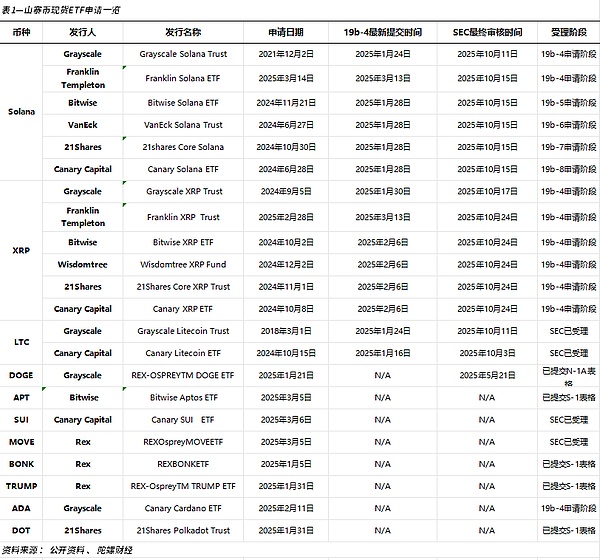
In terms of the application institutions, SOL, which is known as the “killer” of Ethereum and XRP, which has strong local resources, are the currencies with the most applicant institutions. Both have gathered 6 issuers, reflecting the institutions’ continued optimism about these two major currencies.Among them, issuers such as Franklin Templeton, Grayscale, Bitwise, VanEck, 21Shares and Canary Capital have applied for SOL ETFs, and Franklin Templeton, Grayscale, Bitwise, Canary Capital, 21Shares and Wisdomtree have applied for XRP ETFs.In addition to the above currencies, LTC and DOGE have two issuers, while most of the other currencies are applied for by a single institution.
In fact, just from the altcoin ETF, the selected currencies are becoming increasingly widespread, and there are even some monsters. In addition to the slightly larger SOL, XRP, LTC, ADA, and DOGE, public chain coins are emerging one after another, and even the long-silent DOT has been selected by 21Shares.Against the backdrop of MEME, BONK and TRUMP, which are considered strong merchants, also appeared in Rex Shares’ ETF application form.
Although there are many types of currencies, the more popular the currency, the bigger the problem.The previous soft demand for futures contracts on CME seemed to be untied with the relaxation of supervision, but the securities attributes and litigation in the case cannot be resolved in one day.After the approval of Ethereum ETF, SOL is the most popular currency among altcoins and the application time is relatively early. Judging from the records, VanEck and 21Shares submitted 19b-4 documents as early as June last year, but due to SOL’s own securities attributes, the approval has never been done as expected.In August last year, VanEck and 21Shares’ 19b-4 documents were removed from COBE. In December last year, with its last arrogance, former SEC chairman Gary gensler notified at least two SOL spot ETF application agencies that the 19b-4 documents were rejected. Until now, the SEC has only announced that it has accepted all SOL ETF spot applications submitted by all issuers.
XRP and SOL are basically half a dozen. Ripple’s lawsuit is like a foot binding. After more than four years, it has not been put down. Ripple CEO continues to donate political donations to Trump and Congress, hoping to get exemptions from the lawsuit and continue to expand XRP’s influence.Simple and rough donations did bring benefits to XRP, and although they were in the SEC approval stage with SOL, Ripple’s business in the US market has grown significantly.According to its CEO, Ripple signed U.S. transaction volumes in the last six weeks of 2024 exceeded the previous six months’ total and has concentrated 75% of new jobs in the United States.
As for other altcoins, the probability of approval is slightly limited when the leaders have not yet obtained approval, except for the two, one is LTC and the other is DOGE.Both have no historical burden on securities, and the other is that they are both affiliated with commodities. From a regulatory perspective, there are no negatives and relatively few obstacles.In particular, LTC is a public chain that uses POW, which is consistent with the BTC mechanism. Although its scale is only US$7.7 billion, it is quite market-depth.DOGE is the best among MEME and has become a cultural symbol. With the support of Musk, the probability of approval will naturally increase.For the above reasons, Bloomberg senior ETF analyst Eric Balchunas previously predicted that the litecoin ETF is most likely to go public by the end of this year, reaching 90%, higher than Dogecoin (75%), Solana (70%) and XRP products (65%).
Judging from the approval progress, most ETFs are in the stage of being accepted but have not yet been approved.After sorting out the entire approval process, the issuer will take the lead in submitting the S-1/S-3 form to the SEC, and then the dealer of the ETF decided by the issuer shall submit the 19b-4 form. According to the rules, the SEC will usually publish it in the Federal Gazette after accepting the 19b-4 document and start a 21-day public comment period.Among them, the SEC can conduct multiple extensions, consultations and reviews, but the time period shall not exceed 240 days.
Judging from the latest approval point, on March 12, the US SEC documents showed that the US Securities and Exchange Commission delayed the approval of a number of spot cryptocurrency ETF applications, including Grayscale Spot CardanoETF, Canary Spot XRP ETF, Canary Spot Solana ETF, Canary Spot Litecoin ETF and VanEck Spot Solana ETF.Of course, from the perspective of altcoin ETF alone, it is foreseeable that the SEC postpones ETF. The core reason is that after the previous generation of iron-blooded supervision, the new SEC chairman Paul Atkins, who was nominated by Trump, has not yet been confirmed by Congress. The leader is not yet there, and the regulations cannot be taken. He can only be suspended through postponement. From the past, the leadership team took more than 2 months from nomination to taking office. The market expects that the new chairman will make his debut in March.
Although the approval process has been ups and downs, the probability of approval is undoubtedly continuing to increase from the existing supervision. Even SOL and XRP, which are still in the litigation, have even been included in the US digital asset strategic reserve. Although this point has no direct connection with approval or not, it can also indirectly reflect that the above currencies are expected to lift the SEC’s shackles.
However, judging from the market performance, the narrative of altcoin ETF seems to be not very effective.
Back five months ago, in November last year, institutions set off a wave of altcoin ETF applications, and the first batch of coins such as SOL, XRP, LTC, and HBAR rose rapidly.In one month, XRP rose from $0.5 to $2.9, and successfully reached $3.4 on January 16 this year.SOL also meets a similar trajectory, from $160 to $264, and rose to $295 on January 19.
In November at that time, due to the general rise in altcoins, the market for a long drought was like a rainstorm. The slogan of “The Copyright Season is Coming” brought a glimmer of hope to firm holders.But the dream was soon shattered. In February, all altcoins continued to fall, and the news of altcoins ETFs was no longer able to drive the market. No matter how much approval progress came and went, the price of the currency was moving forward in the downward direction.
Is the ETF narrative invalid?In fact, it may not be necessary, otherwise many holders would not be watching ETF data closely, but it is strange that ETFs today have not been born in good times.Judging from the current financial market, the narrative of a single sector is difficult to sustain, and the world is betting on whether the United States will decline.The more vigorous Trump’s tariff stick and geopolitical dance, the stronger the macro uncertainty and the greater the possibility of inflation, and the US recession theory is uninvited.As it develops to this day, even the government cannot guarantee a recession. In addition to Trump himself’s mysterious remarks about “Unsure whether it will decline”, the US Treasury Secretary also positively replied today that “it is impossible to guarantee that the US economy will not fall into recession”, and healing his wounds.
Under this panic, Bitcoin has shown a downward trend, continuing to fluctuate around US$83,000-83,000, ETH started a defense battle at the junction of US$1,900, SOL has fallen to US$128, and the market is coming to the junction of bull and bear.In a market with insufficient liquidity, it is not easy to get out of an independent market. The ETF is still in the approval period and has not been approved in substance. The expectations brought about are not enough to change the trend and can only be used as a forward factor for price bottom support.
It is worth noting that even if the ETF is passed, the actual purchasing power is questionable. At present, the total net inflow of Ethereum spot ETF is only US$2.5 billion, which is enough to prove that the market publicity “there will be billions of dollars inflow of funds after the altcoins are passed” is not credible, and even if it is credible, it is not Rome in one day.After all, theoretically speaking, the market value of existing altcoins that have applied for ETFs is much smaller than Ethereum, with the largest XRP of the market value of US$135.4 billion, while Ethereum has reached US$229.1 billion.
On the other hand, the entry of Wall Street capital is not entirely a good thing, and the transfer of pricing power is inevitable.Taking Bitcoin as an example, the price of Bitcoin continues to fall, and there are also reasons for spot ETFs to reduce their holdings. The latest data shows that the US spot Bitcoin ETF has reduced its holdings by 4.76% of its Bitcoin holdings since February 6, 2025.From January 1 to February 6, the funds added about 56,802.86 bitcoins to their balance sheets, but positions have decreased by 55,348.00 bitcoins over the past 35 days.
Of course, for altcoins, narrative is much more important than pricing power. Institutions can bring real money and silver traffic, and holders can only expect institutions to treat each other differently and fall into love, hate and affection with capital.For most currencies,Through ETF, it is one foot to enter Wall Street. It is also one step further from obtaining the label of “Made in the United States”. The chances of being included in the reserves through operations will also increase. At least in Trump’s four-year term, he can live better than other altcoins.


